

What Are Grind and Sealed Concrete Floors?
Grind and sealed concrete is exactly like its name. The process involves grinding your concrete, then sealing with a topical sealer.
Here are the steps for grind and seal concrete:
- The process involves grinding the concrete with engineered concrete floor surface grinders to remove any contaminants from the existing slab.
- Next, cracks and divots in the floor are patched with patching material as necessary.
- Depending on your floor goals (i.e. desired finish and durability requirements), the concrete may be ground again with finer diamonds to further smooth the floor. If the concrete is soft, porous or free of contaminants, a second pass may not be necessary.
- Afterwards, the surface is properly cleaned.
- If desired, at this step a stain colour can be added to your grind and seal concrete project. Choose from a wide variety of colours, from neutral, earth tones to colourful concrete dyes.
- Lastly, your sealed concrete floor is sealed with a topical sealer. Depending on your floor goals, requirements, and your space, your concrete flooring company will recommend the best type of sealer for your project. Softer, more porous concrete may require multiple additional coats of sealer. This is common in residential settings.
POLISHED CONCRETE V’s GRIND AND SEALED CONCRETE
Appearance
Sometimes it may be hard to spot the difference between polished concrete and sealed concrete because they can look almost identical. Both polished and grind/seal concrete floors can have a matte, satin, or gloss appearance. However, the finish (either matte, satin, or gloss) is achieved in unique processes. For polished concrete, the concrete is polished using finer grits of diamond abrasives until the floor reaches the desired level of shine (level 1-4). However with sealed concrete, the finish is achieved from a topical sealer.
Another appearance difference is grind/sealed concrete has a more consistent appearance from one concrete floor to the next. The reason is the high-performance sealer is consistent on each application because it is not reliant on the concrete’s profile, unlike polished concrete. This may be beneficial for those looking to match sealed concrete floors throughout their space. With polished concrete, the finished look can vary from concrete to concrete because a different canvas is presented and extraneous factors can affect the final finish, such as the level of hardness or imperfections.
Colour stains can be applied to both polished concrete and grind and seal concrete floors. Therefore, both polished concrete and sealed concrete can be referred to as “stained concrete”. Be sure to clarify with your concrete flooring company which system will be used if you are requesting a stained concrete floor.
Durability
When choosing between polished concrete and grind/seal concrete, it’s important for your flooring contractor to understand your project’s space and desired level of durability. Is it an area with traffic (i.e. foot traffic, forklift traffic, etc.)? Is the area prone to spills?
Polished concrete offers long-term durability and includes benefits of densifying, hardening, and dust-proofing. This system is recommended in high volume spaces because it has a scratch-resistant finish and requires minimal maintenance. It also lasts for decades when properly maintained. However with sealed concrete and depending on the traffic level, your surface may need to be resealed annually. For larger spaces, this can ultimately be more expensive than polished concrete.
In areas with stains, oils, grease, animal urine etc.:
Grind and seal floors help protect against grease, oil spills, stains, and animal urine. If needed for your space, these sealed concrete floors can utilize chemical-resistant polyurethane sealers, allowing the floor to easily be cleaned away of stains that could typically cause permanent damage to other flooring systems. This is useful in commercial restrooms. For example, if a restaurant is opting for polished concrete throughout the restaurant, it would be recommended to install sealed concrete in the bathrooms. The combination of polished and sealed floors in the restaurant will maintain a cohesive appearance and also deliver the benefits of each system.
Cost
Concrete polishing is more labour intensive and costs more than grind/seal or burnished concrete. If interested in polished concrete floor but would like a more affordable option, we recommend to choose from either grind and seal concrete or burnished polished concrete.
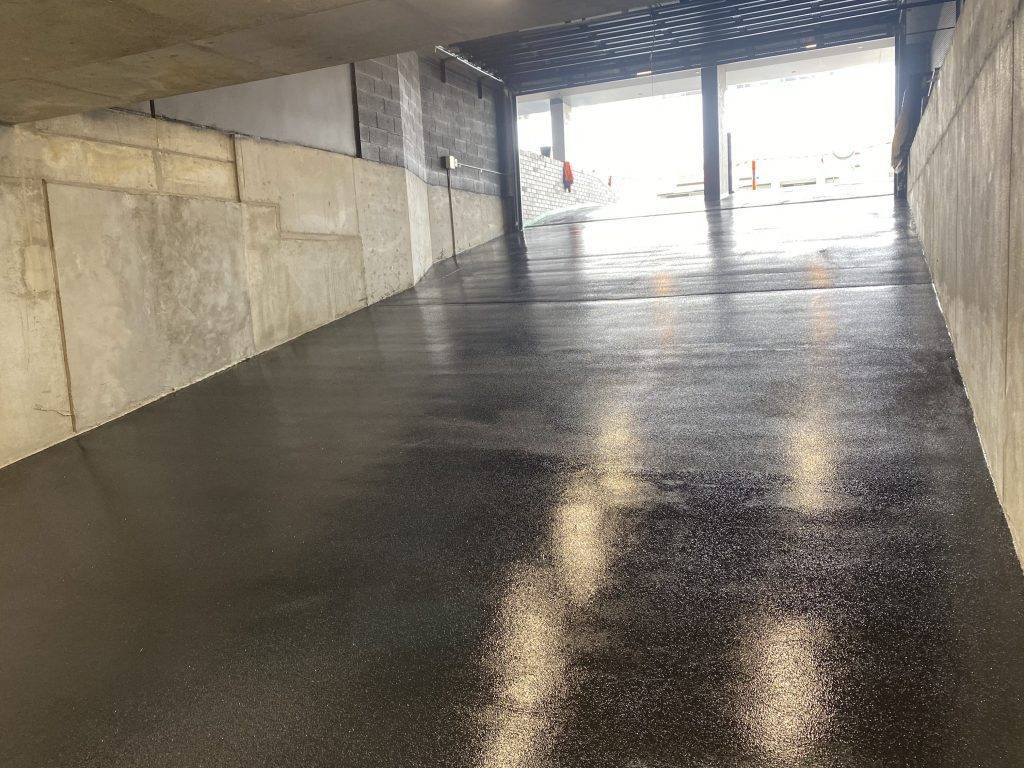
Driveway Restoration
Concrete driveway restoration due to erosion is common. Erosion can create a sunken or cracked drive....
Read More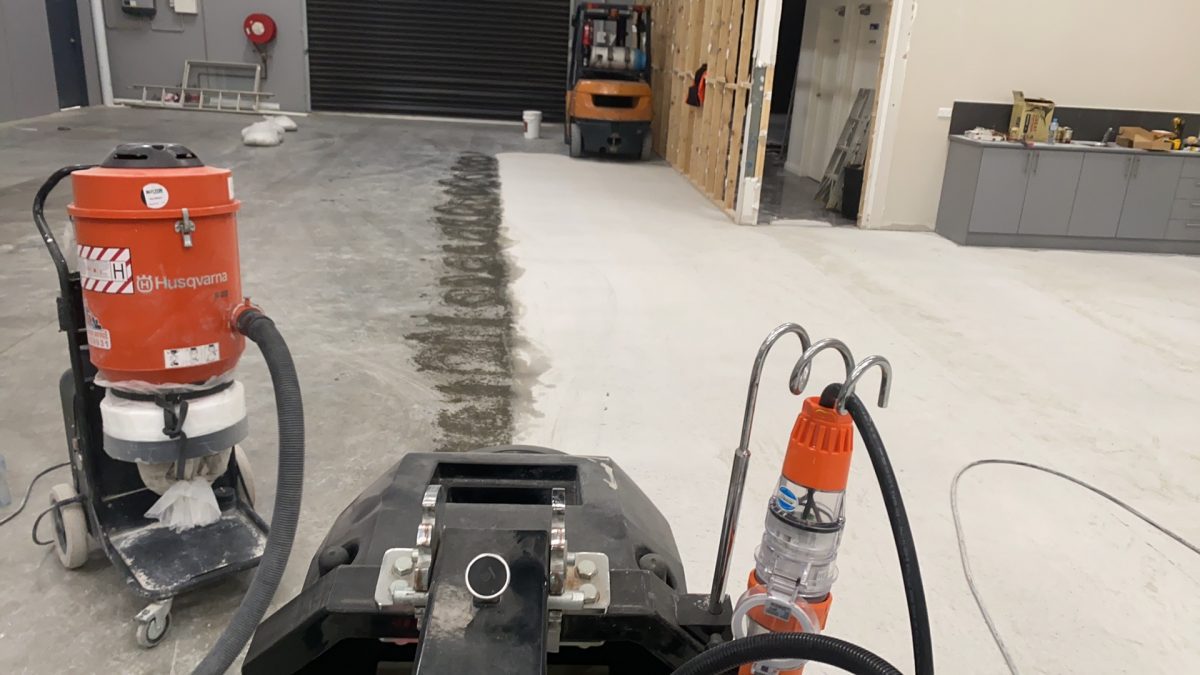
Concrete Repairs
Concrete floor repair is a demanding renovation job that not only needs expertise; it requires a spe....
Read More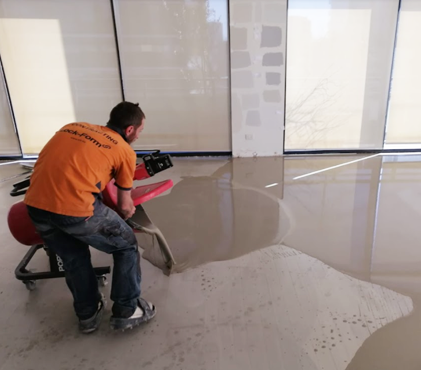
Floor Levelling
Basement floors or slab floors typically sink and become uneven over time due to many factors. But t....
Read More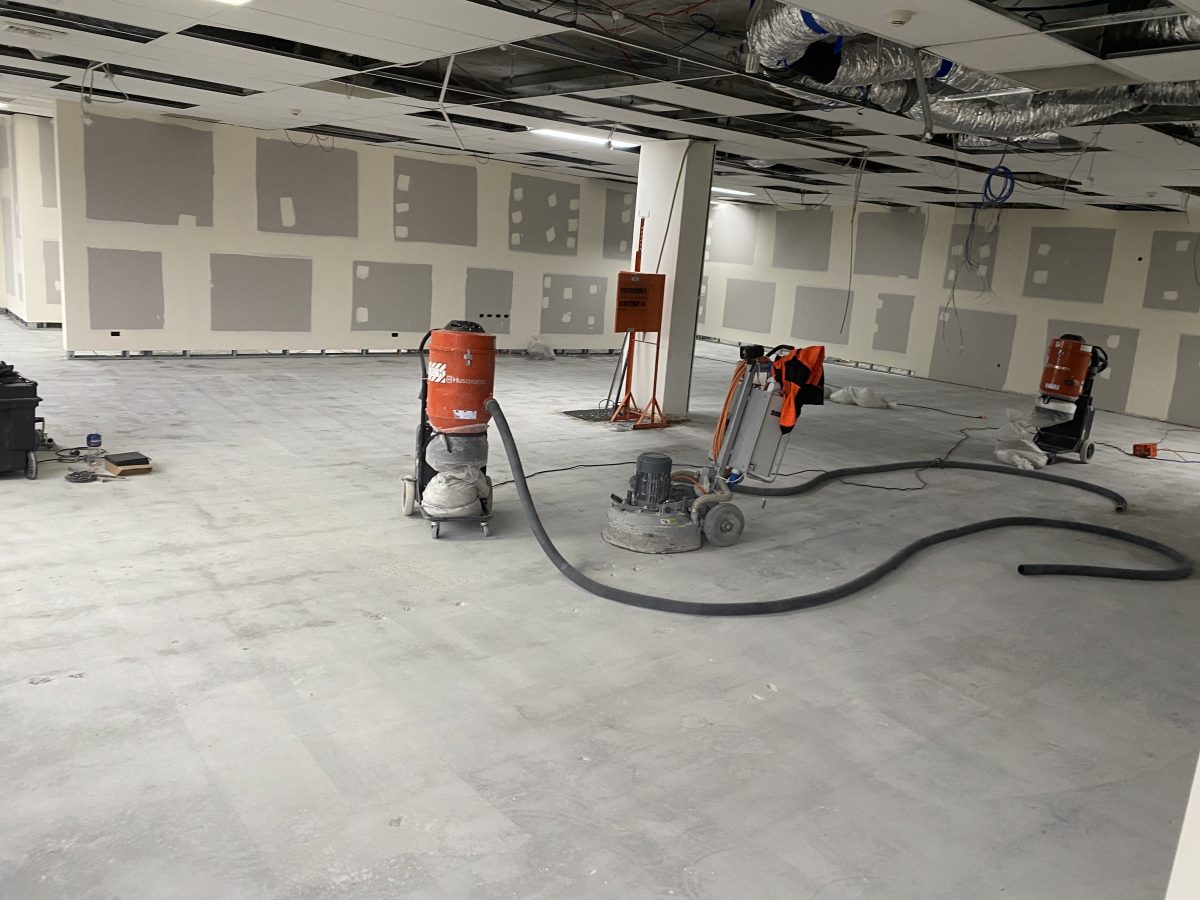
Floor Preparation
If you plan to overlay or restore existing concrete, proper surface preparation is essential to achi....
Read More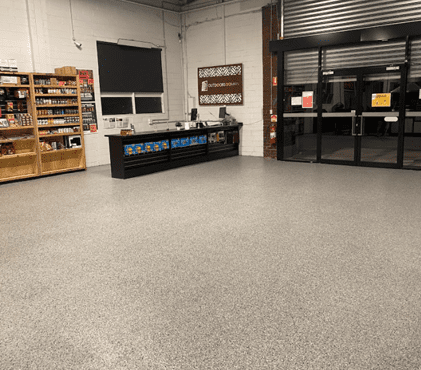
Epoxy Flooring
WHAT IS EPOXY FLOORING? & WHAT ARE THE DIFFERENT TYPES OF EPOXY FLOOR COATINGS? When it comes t....
Read More
Grind & Seal
What Are Grind and Sealed Concrete Floors? Grind and sealed concrete is exactly like its name. The ....
Read More
Concrete Grinding
WHAT IS CONCRETE GRINDING? Concrete grinding is the process of smoothing rough concrete surfaces. D....
Read More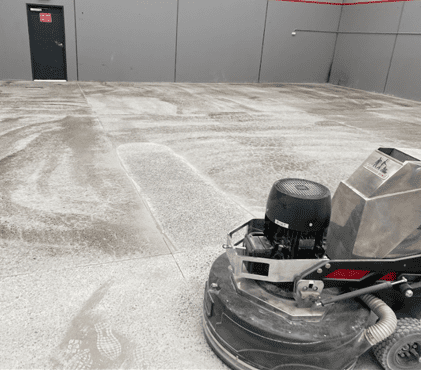
Concrete Polishing
Polished concrete is the ultimate no-wax flooring material. With the proper floor grinding equipment....
Read More